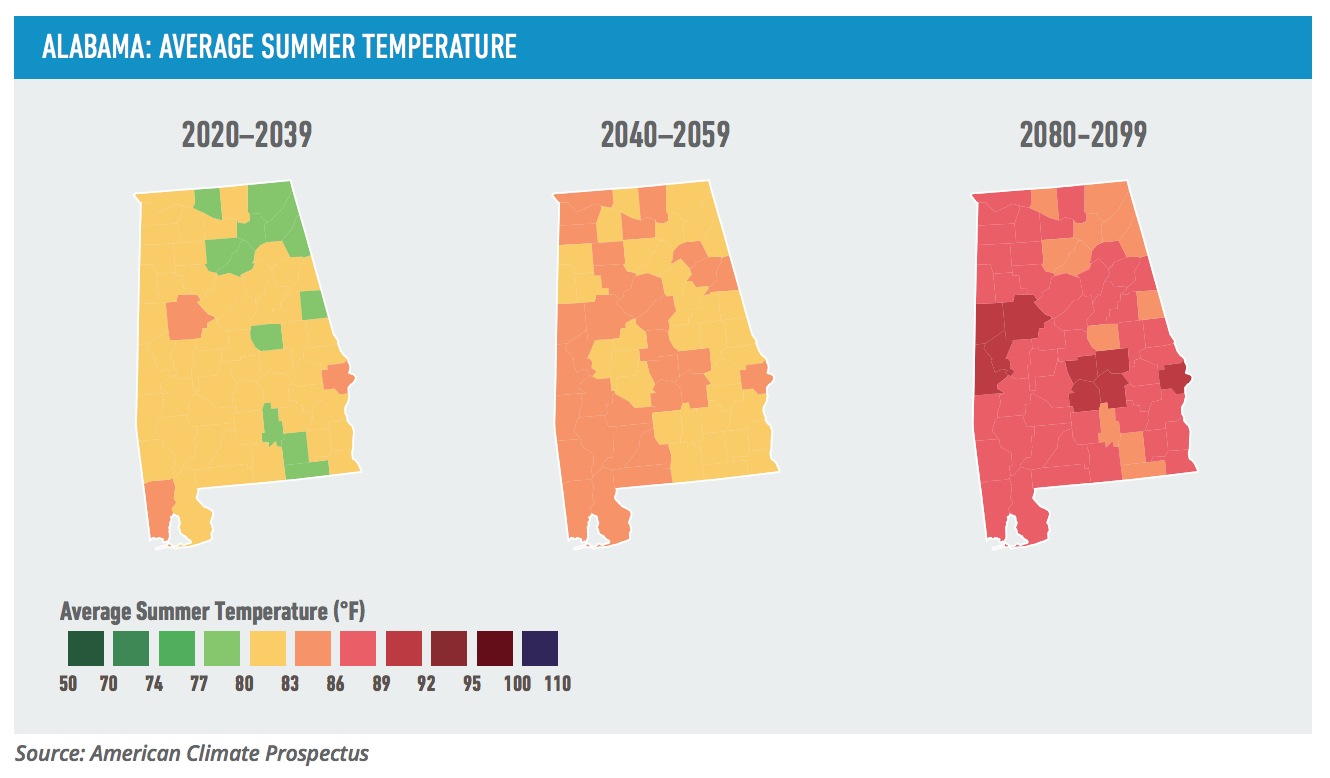
RISKY BUSINESS
The Southeast U.S. and Texas are experiencing an economic boom, mostly due to manufacturing and energy industry growth. But that boom is at risk from unchecked climate change, which could render this region—already one of the hottest and most weather-vulnerable of the country—at significant economic risk. However, if policymakers and business leaders act aggressively to adapt to the changing climate and to mitigate future impacts by reducing their carbon emissions, this region can lead in responding to climate risk. The Southeast can demonstrate to national and global political leaders the kind of strong response necessary to ensure a strong economic future.
View this complete post...
Tags: AL, Alabama, Climate, FL, Flooding, Florida, Risky Business, South, Weather
Posted in
Climate Change, Infra Views, Local, Pollution, Sustainability
Comments Off on Come Heat and High Water: Climate Risk in the Southeastern U.S. and Texas














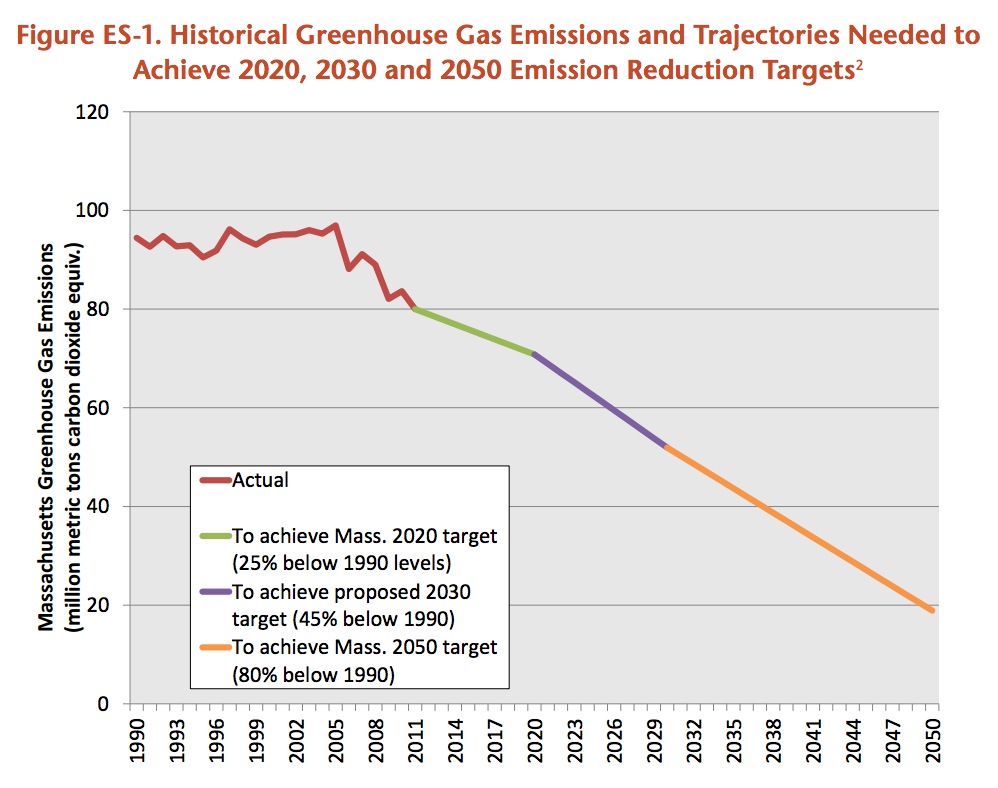


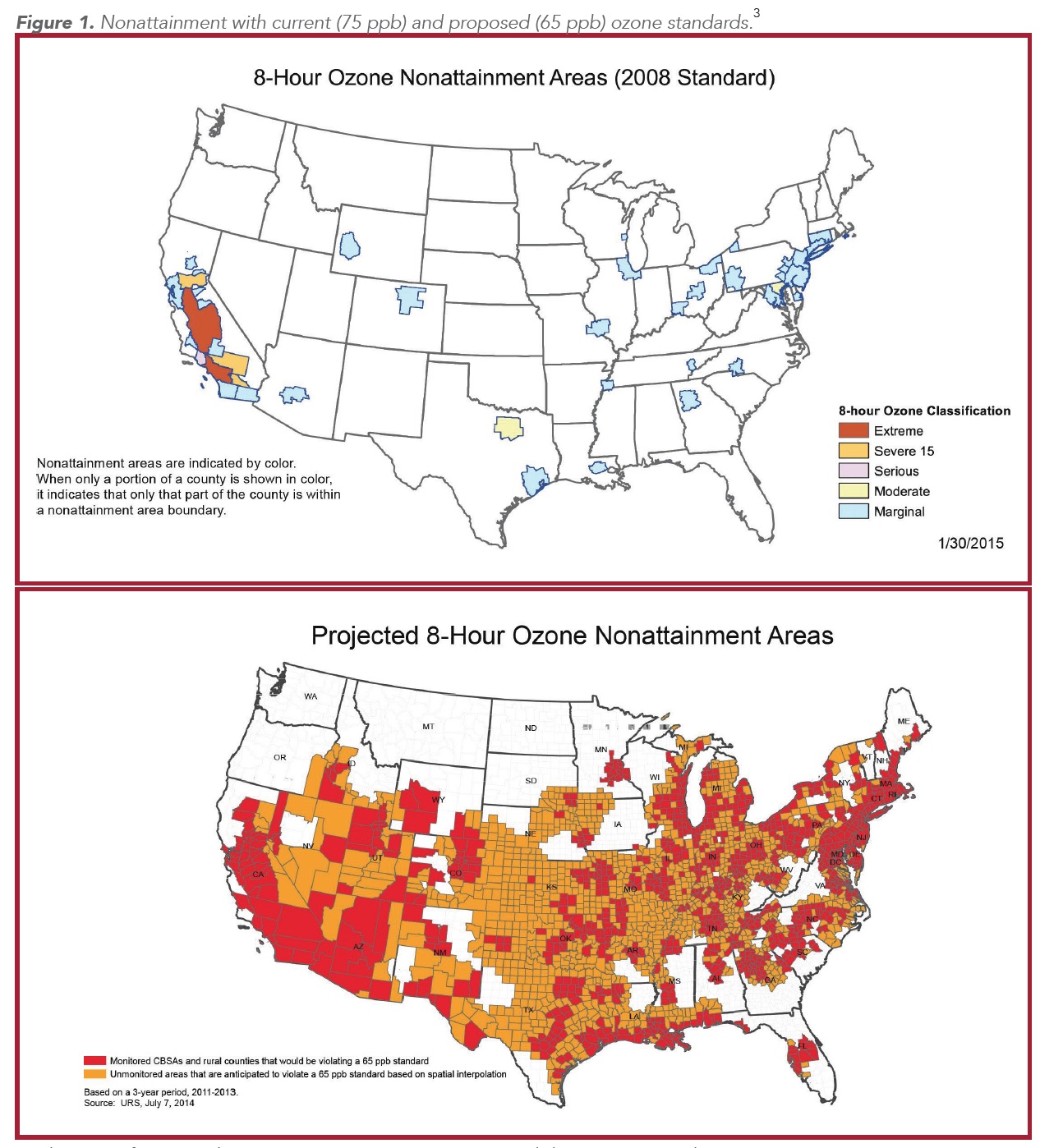
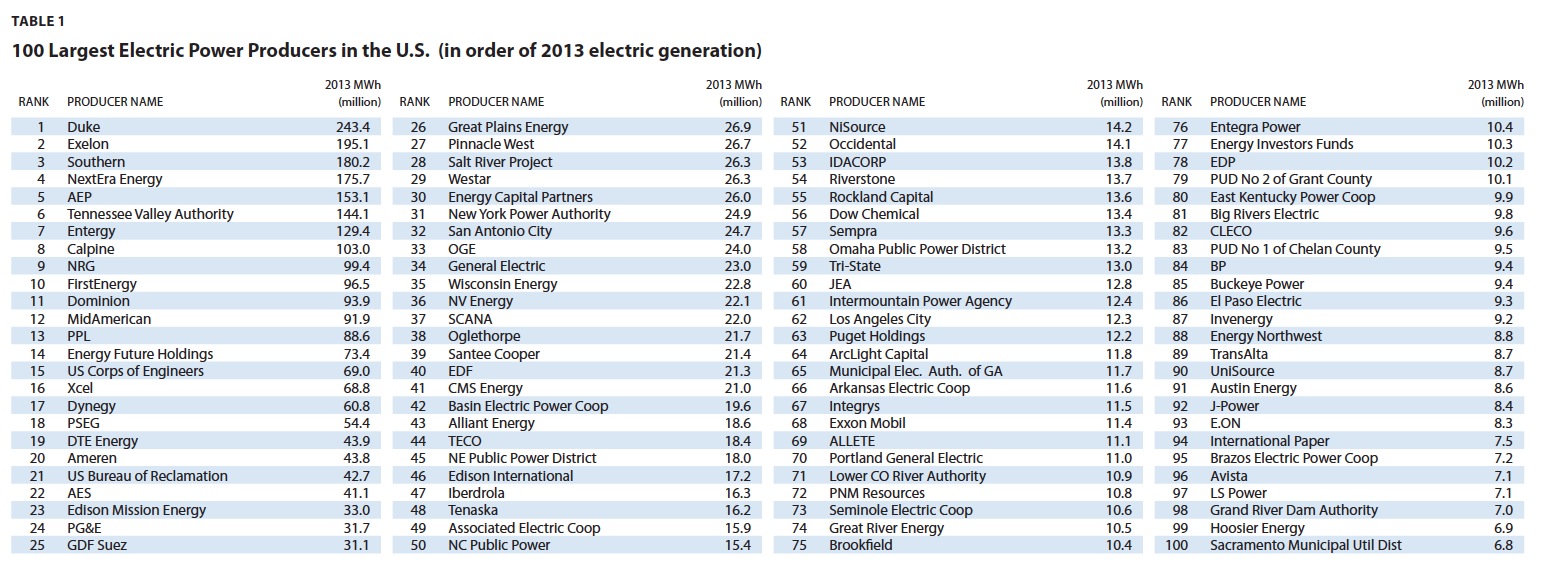

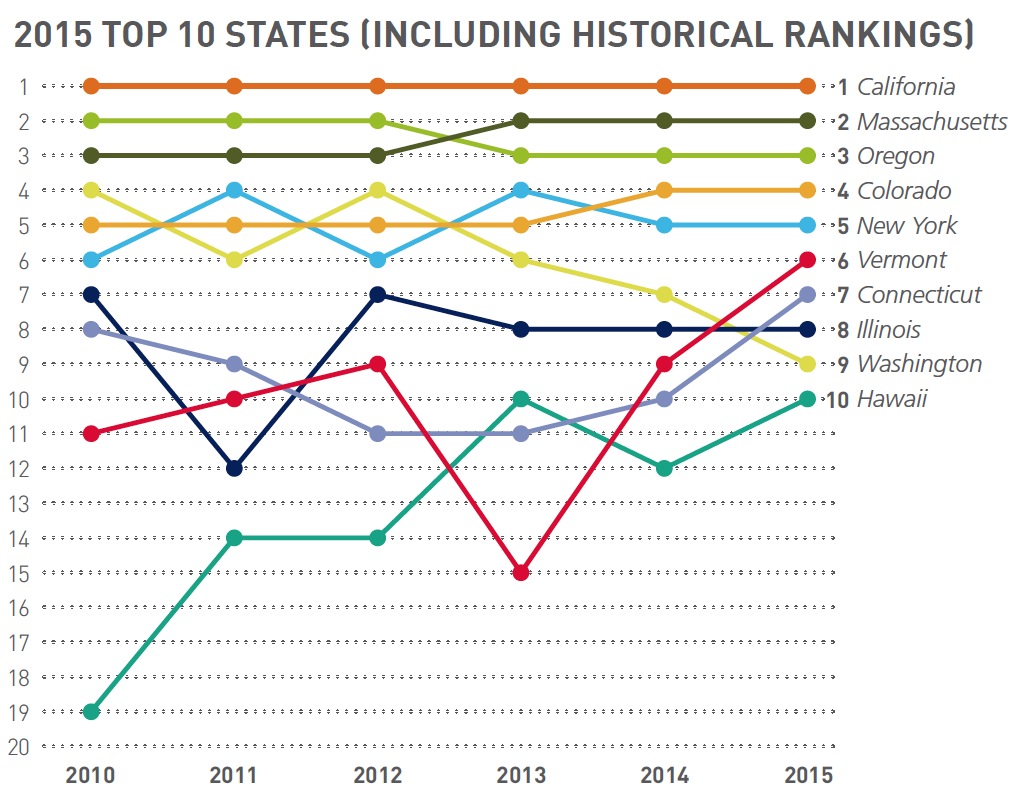
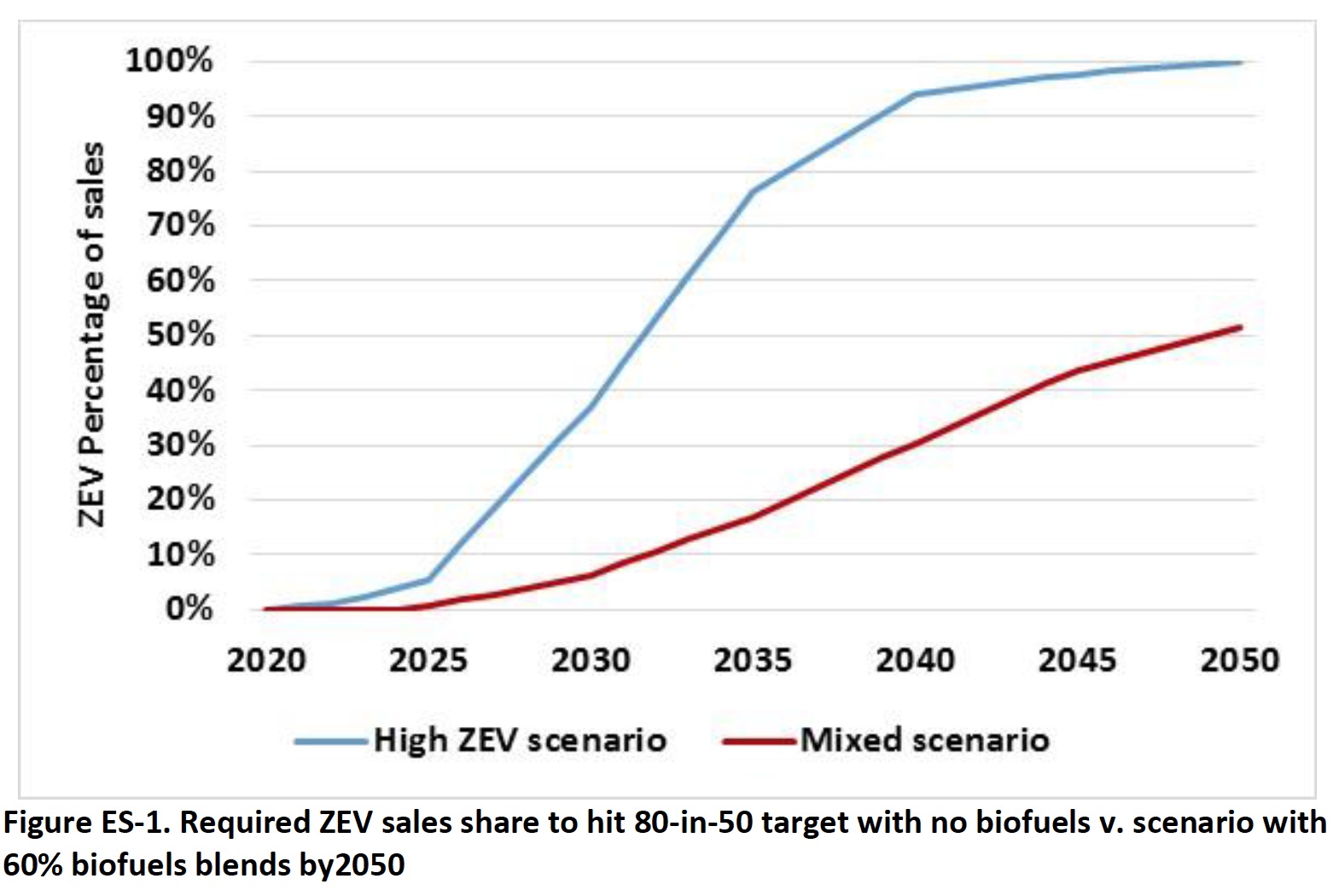

 RSS Feed
RSS Feed